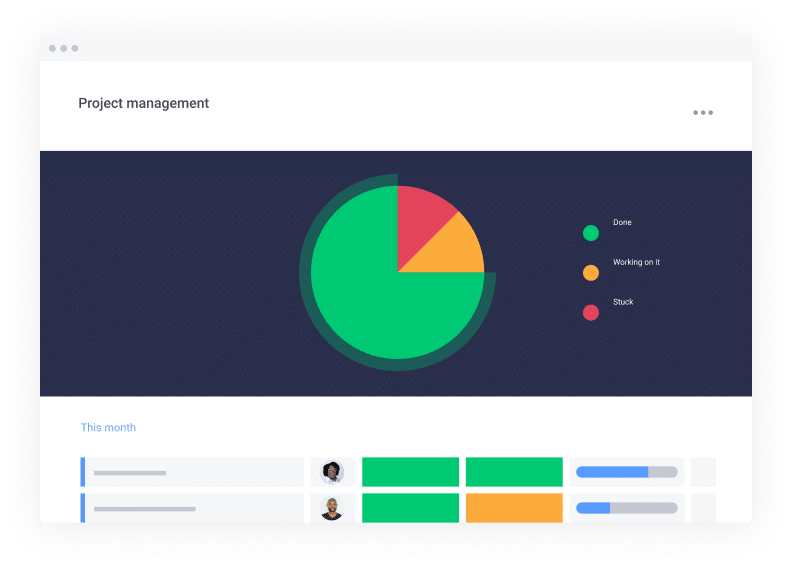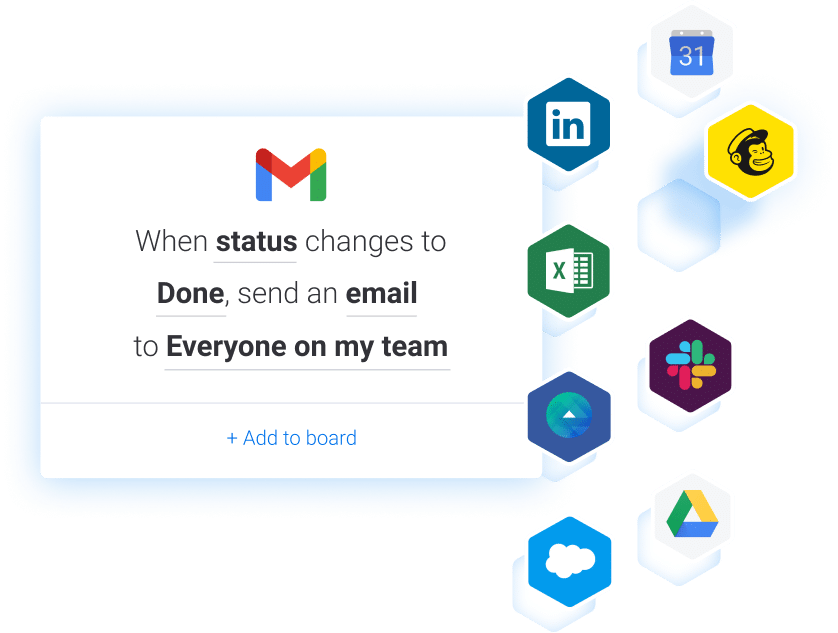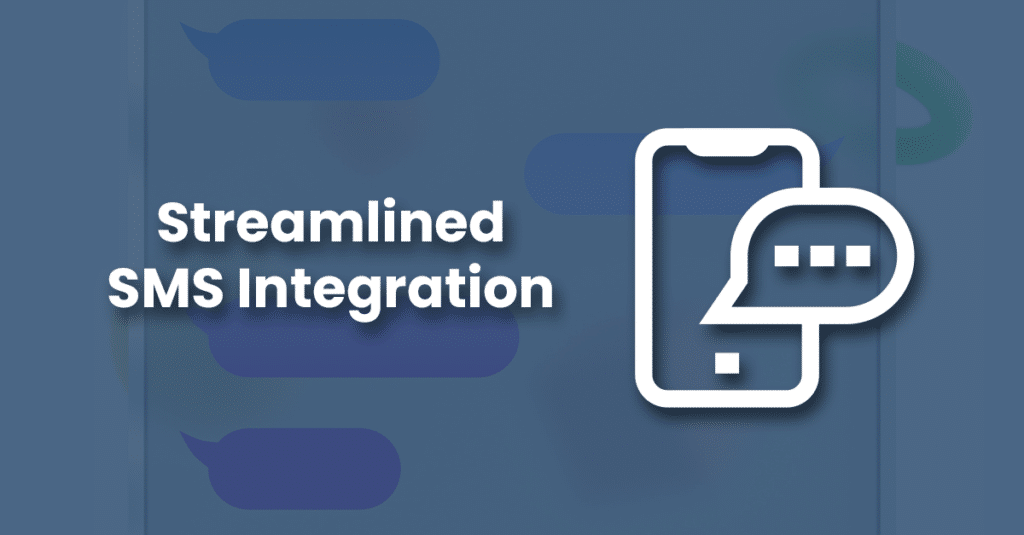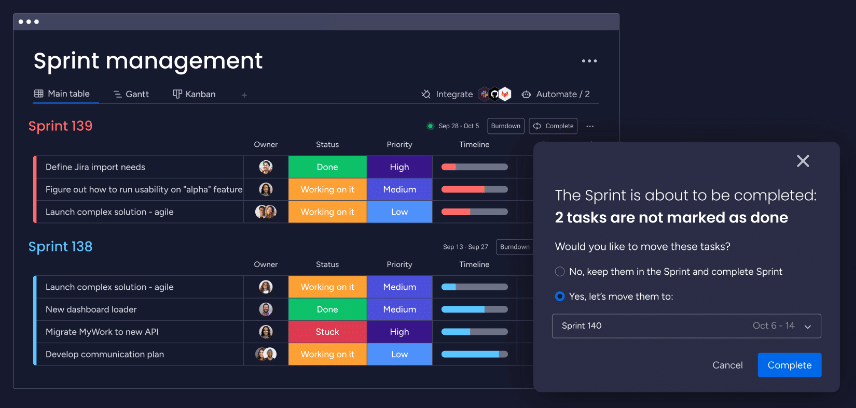Introduction
In the age of information, data integration has become the backbone of efficient and effective business operations. It’s not just about collecting data anymore. It’s about seamlessly merging information from diverse sources to create a unified, insightful, and actionable picture. This process, pivotal for informed decision-making and strategic planning, is at the heart of thriving businesses across the globe. However, with great power comes great responsibility. As we delve into the world of steps to ensure secure data integration across platforms, it’s crucial to understand that the safety and integrity of this data are paramount. In an era where data breaches are not just a possibility but a regular headline, securing data integration isn’t just a best practice – it’s a necessity.
This blog post aims to walk you through the vital steps needed to safeguard your data as it journeys across various platforms and systems. We will explore the nuances of integrating data securely, understanding the potential risks, and implementing robust strategies to protect your most valuable asset – information. Whether you’re a seasoned IT professional or a business leader keen on leveraging data-driven strategies, these insights will be your guide in the complex yet essential world of secure data integration.
Stay tuned as we embark on this journey, highlighting the crucial aspects that every business must consider to ensure that their data integration processes are not only efficient but also securely fortified against potential threats.
Understanding Data Integration and Its Importance
Data integration, in its simplest form, refers to the process of combining data from different sources into a single, unified view. This integration enables organizations to analyze and act upon information in a cohesive manner, making it a critical component in the realm of business intelligence and decision-making.
Why data integration is so vital for businesses today
- Efficiency in Operations: Data integration automates the process of gathering and harmonizing data from various sources. This reduces manual effort, minimizes errors, and saves significant time. Imagine the convenience of having sales data from your CRM system, like monday.com, seamlessly integrated with financial records in your accounting software. Such integration ensures that all departments work with the most current and accurate data.
- Informed Decision Making: When decision-makers have access to comprehensive and reliable data, they can make more informed choices. Data integration provides a 360-degree view of business operations. It offers insights that might not be apparent when considering data from a single source. This holistic view is crucial for strategic planning, market analysis, and identifying new opportunities for growth.
- Enhanced Customer Experience: In today’s customer-centric market, understanding and meeting customer needs is paramount. Data integration allows businesses to compile a complete profile of customer interactions, preferences, and feedback across various touchpoints. This results in more personalized customer service, targeted marketing efforts, and ultimately, increased customer satisfaction and loyalty.
- Scalability and Flexibility: As businesses grow, so does their data. Data integration solutions can scale to accommodate increasing volumes of data. This ensures that businesses can adapt to changes without compromising on performance or efficiency. This scalability is essential in a rapidly evolving business landscape where agility and responsiveness are key competitive advantages.
- Competitive Edge: In an age where data is the new currency, businesses that can efficiently integrate and analyze their data will stay ahead of the curve. Data integration provides a competitive edge. It enables companies to quickly identify trends, adapt to market changes, and make data-driven decisions. This keeps them a step ahead of competitors.
In conclusion, data integration is more than just a technical necessity. It’s a strategic asset that can drive business growth, efficiency, and competitive advantage. It forms the foundation upon which intelligent decisions are made, and customer-centric strategies are developed. As we move forward, understanding the need to secure this process becomes increasingly critical. It sets the stage for our next discussion on the risks involved in data integration.
Omnitas Newsletter
Sign up for our monthly newsletter to stay up-to-date on our latest blog articles, videos and events!
Thank you!
You have successfully joined our subscriber list.
The Risks Involved in Data Integration
While data integration brings numerous benefits, it is not without its risks. Understanding these risks is crucial for implementing effective security measures. Here are some of the key challenges and risks associated with data integration:
Data Breaches and Leakage: Perhaps the most significant risk in data integration is the potential for data breaches. When data from various sources is consolidated, it often becomes more valuable and, consequently, a more tempting target for cybercriminals. A breach can lead to sensitive information being exposed, such as personal customer details, proprietary business information, or financial records.
Compliance Violations: Different types of data are subject to various regulatory standards, such as GDPR, HIPAA, or CCPA. When integrating data, businesses must ensure that the process complies with these regulations. Failure to do so can result in hefty fines, legal consequences, and damage to the company’s reputation.
Data Corruption and Quality Issues: Integrating data from multiple sources can sometimes lead to data corruption or quality issues. Inconsistencies, duplicates, or errors in the data can significantly impact the accuracy of business insights and decision-making processes.
Integration Complexity: As the number of data sources increases, so does the complexity of integration. Complex integrations can create vulnerabilities in the system. These make it easier for errors to occur or for unauthorized access to go undetected.
Operational Disruptions: Poorly planned or executed data integration can lead to operational disruptions. For example, system downtime during integration can hinder business operations, leading to financial losses and customer dissatisfaction.
Real-world Examples of Risks with Data Integration
Real-world examples illustrate these risks vividly. Consider the case of a large retailer that suffered a significant data breach due to vulnerabilities in its integrated data systems. This led to millions of customers’ credit card details being compromised. Another example could be a healthcare provider facing legal action for inadvertently violating patient privacy laws during a data integration project.
These risks underscore the importance of a well-thought-out and secure approach to data integration. By recognising these potential pitfalls, businesses can take proactive steps to mitigate them. This ensures that their data integration efforts are not only efficient and effective but also secure and compliant. Next, we will delve into the essential steps businesses must take to ensure the security and integrity of their data integration processes.
Essential Steps for Secure Data Integration
To navigate the intricate landscape of data integration while ensuring the utmost security, businesses must follow a series of essential steps. These steps are designed to prevent data breaches and compliance issues. Furthermore, it’s also to maintain the integrity and quality of the data being integrated.
Conducting a Thorough Risk Assessment
The foundation of secure data integration lies in understanding the potential risks involved. This involves conducting a comprehensive risk assessment to identify vulnerabilities in the existing system, potential threats, and the impact of a data breach. A risk assessment helps in prioritizing the security measures that need to be put in place.
Choosing the Right Data Integration Tools
Selecting appropriate data integration tools is crucial. Platforms like monday.com and Make stand out for their robust security features. While discussing specific tools, it’s important to focus on their security aspects. These include encryption capabilities, compliance with industry standards, and their reputation for reliability. However, direct comparisons should be avoided. Instead, the focus should be on how these tools align with the specific needs of your data integration project.
Implementing Strong Data Governance Policies
Data governance is key in managing the data lifecycle effectively. This involves setting clear policies regarding data access, storage, and sharing. Implementing strong data governance policies ensures that data is handled responsibly and in compliance with regulatory standards. This reduces the risk of data breaches and compliance violations.
Regularly Updating and Maintaining Integration Platforms
The digital landscape is continuously evolving, and so are the threats. Regular updates and maintenance of data integration platforms are vital to keep up with the latest security patches and to ensure the system is not vulnerable to new types of cyber-attacks.
Ensuring Compliance with Data Protection Regulations
Finally, compliance with data protection regulations like GDPR, HIPAA, or CCPA is non-negotiable. Each step of the data integration process should be scrutinized to ensure it adheres to the relevant regulations. Non-compliance can lead to legal repercussions and damage to the company’s reputation.
By following these steps, businesses can create a strong foundation for secure data integration. These measures not only safeguard against potential risks but also enhance the overall effectiveness and efficiency of the data integration process. The next section will delve into the best practices for maintaining ongoing data security, ensuring a holistic approach to data protection.
Best Practices for Ongoing Data Security
In the journey of secure data integration, it’s crucial to not only implement the initial steps but also to maintain ongoing vigilance. The following best practices are integral parts of the steps to ensure secure data integration across platforms, ensuring that data remains secure throughout its lifecycle.
Continuous Monitoring and Auditing
One of the key steps to ensure secure data integration across platforms is continuous monitoring and auditing of the integrated data systems. This involves regularly checking for any unusual activity or unauthorized access, which could indicate a potential breach. Auditing also ensures that all data integration activities comply with the established policies and regulations.
Employee Training and Awareness Programs
Human error often poses a significant risk to data security. Implementing comprehensive training and awareness programs for employees is a crucial step. These programs should educate employees about the best practices in data handling, the importance of data security, and how to identify potential security threats. A well-informed team is a vital defence in the quest for secure data integration across platforms.
Collaborating with IT Security Experts
Collaboration with IT security experts is another critical step to ensure secure data integration across platforms. These experts can provide valuable insights into potential vulnerabilities and recommend advanced security measures. Regular consultations with cybersecurity professionals can significantly enhance the security of data integration processes.
By adhering to these best practices, businesses can reinforce their data integration strategies, ensuring that their data remains secure, accurate, and reliable. The next section will explore the role of automation and integration software in enhancing security, highlighting how tools like monday.com and Make can contribute to more secure data integration processes.

The Role of Automation and Integration Software in Enhancing Security
In the quest to follow the steps to ensure secure data integration across platforms, the role of automation and advanced integration software cannot be overstated. These technologies not only streamline the integration process but also significantly bolster the security of data.
Enhanced Security Through Automation
Automation in data integration plays a pivotal role in minimizing human error, which is often a significant factor in data breaches. Automated processes can be programmed to follow strict security protocols. In turn, this ensures that every step of data integration adheres to the highest security standards. This consistency is crucial in maintaining the integrity and confidentiality of data.
The Benefits of Integration Platforms like monday.com and Make
Platforms such as monday.com and Make exemplify the integration of security with efficiency. These tools offer robust security features, such as advanced encryption and secure data handling, which are essential in safeguarding sensitive information. While they serve different purposes and functionalities, both platforms contribute to secure data integration by providing controlled environments where data transactions are monitored and regulated.
Streamlining Compliance and Governance
Another significant aspect is how these platforms aid in compliance and governance. Automation and integration tools can be configured to align with various data protection regulations, reducing the risk of non-compliance. They also offer audit trails and reporting features, making it easier for businesses to monitor compliance and respond quickly to any potential security threats.
The integration of automation and sophisticated software platforms like monday.com and Make into data integration processes is a key step in ensuring secure data integration across platforms. These tools not only streamline the process but also provide an added layer of security, helping businesses protect their most valuable asset: their data.
Conclusion
As we reach the end of our exploration into the steps to ensure secure data integration across platforms, it’s clear that the journey toward secure data integration is multifaceted and ongoing. This process is not just about implementing the right tools or technologies; it’s about cultivating a culture of security and vigilance within the organization.
Recap of the Key Steps
To recap, the key steps to ensure secure data integration across platforms include conducting a comprehensive risk assessment, choosing the right integration tools like monday.com and Make, implementing strong data governance policies, regularly updating and maintaining integration platforms, and ensuring compliance with data protection regulations. These steps form the backbone of a secure data integration strategy.
The Importance of Best Practices
In addition to these steps, the adoption of best practices such as continuous monitoring, employee training, and collaboration with IT security experts is crucial. These practices help in creating a secure environment where data integrity is maintained throughout the integration process.
Emphasizing the Role of Automation and Software
The role of automation and integration software in enhancing the security of data integration cannot be overstated. Tools like monday.com and Make not only streamline the integration process but also provide essential security features that protect data from various threats.
An Invitation to Prioritize Data Security
In conclusion, while the landscape of data integration is ever-evolving, the commitment to data security should remain steadfast. We invite you to prioritize data security in all your integration efforts. Whether you’re just starting out or looking to enhance your existing strategies, remember that secure data integration is not just a step but a journey towards a more resilient and efficient business.
For those seeking to navigate this journey with expertise and confidence, we offer tailored solutions and insights. We encourage you to explore our services and expertise in ensuring secure data integration with platforms like monday.com and Make. Let us help you transform your data integration processes into a secure, efficient, and compliant system. Book an introductory call with us below!
If you enjoyed this article, make sure to sign up for our monthly newsletter below. Stay updated and informed!














